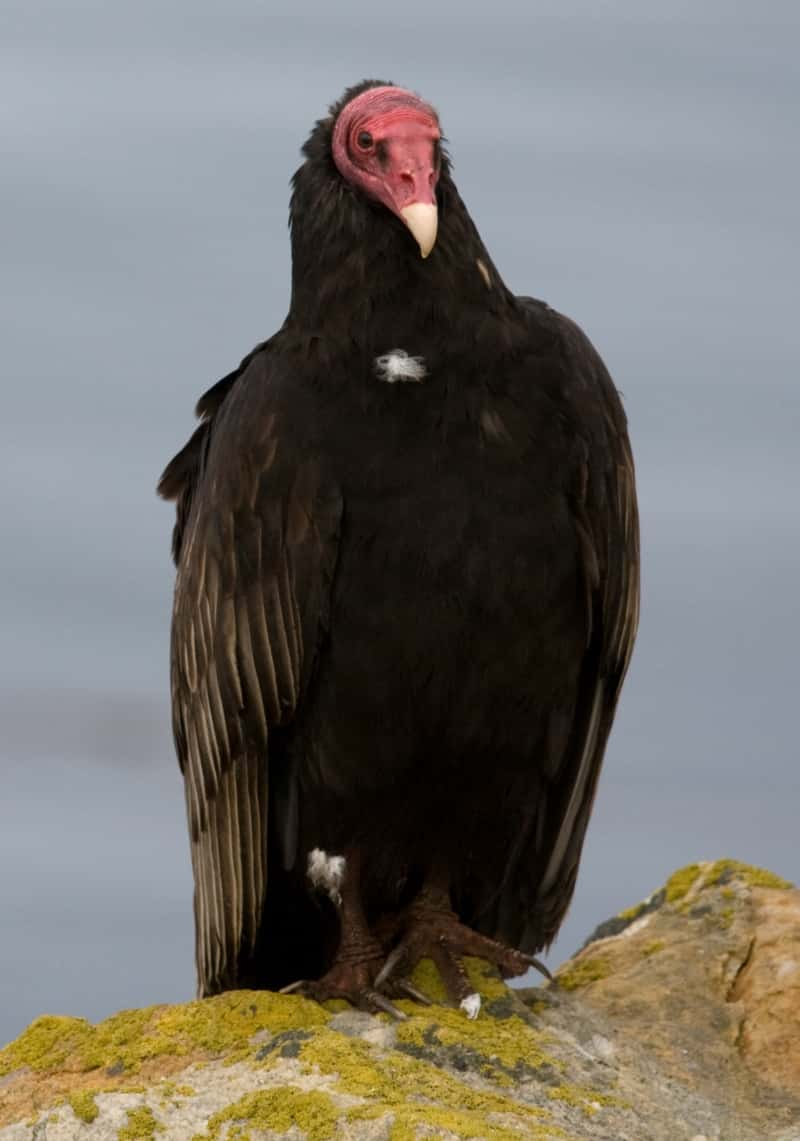
In 1994, an application to conserve Calyptorhynchus banksii as the scientific name was accepted by the ICZN. For several decades, Mathews' proposal was accepted by many authorities, although it was unclear whether the original Port Jackson reference had actually referred to the red-tailed black or, more likely, the glossy black cockatoo. For many years, the species was referred to as Calyptorhynchus magnificus, proposed by Gregory Mathews in 1927 as Shaw's name had predated Latham's 1790 description. Narrowly predating Latham, English naturalist George Shaw described Psittacus magnificus from a specimen collected somewhere in the Port Jackson (now Sydney) region. The red-tailed black cockatoo also has the distinction of being the first bird from Eastern Australia illustrated by a European, as a female, presumably collected at Endeavour River in north Queensland, was sketched by Banks' draughtsman Sydney Parkinson in 1770. The species complex was first described by the ornithologist John Latham in 1790 as Psittacus banksii, commemorating English botanist Sir Joseph Banks. They mate for life which can be a long time over 80yrs, which is one reason they don't make good pets. In aboriginal stories Red Tailed Black Cockatoo are thought to be the bringer of fire. Although the more northerly subspecies are widespread, the two southern subspecies, the forest red-tailed black cockatoo and the south-eastern red-tailed black cockatoo are under threat. Five subspecies are recognised, differing chiefly in beak size. It is more common in the drier parts of the continent. Adult males have a characteristic pair of bright red panels on the tail that gives the species its name. I hope you are all enjoying the small changes in your local environment as the seasons change.The red-tailed black cockatoo ( Calyptorhynchus banksii) also known as Banksian- or Banks' black cockatoo, is a large black cockatoo native to Australia. It is also the time of year that Great Bowerbirds reconstruct their bowers and the processionary caterpillars are out and about again! The shorebird migration is almost over for this year and we will await the return as the seasons change once again in a few months. We have also had a Paperbark Flycatcher return to our garden in recent weeks and even had four Galahs fly over this week. The Red-tailed Black-Cockatoo is one of many birds that indicate a change in our seasons in Broome. After such a poor wet season we would not mind a bit of rain over coming weeks. There are occasions when we do have rain during our dry season and this happened in June 2013. Red-tailed Black-Cockatoos not showing any red!Īt this time of year we have plenty of blue sky and clouds become a distant memory. Red-tailed Black-Cockatoo displaying some of the red tail If they become off balance in a tree then the red tail becomes apparent momentarily. The red tail is not visible in Red-tailed Black-Cockatoos when they are roosting, but very visible when they are in flight. They are all present in the header photo and the photo below. The small group of seven Red-tailed Black-Cockatoos that we observed most recently were busy feeding on a native tree.

They have very powerful beaks and claws and it is not uncommon to see where they have been by the leaf litter below the large trees. They are still destructive as they feed in the native trees.



Red-tailed Black-Cockatoos are a lot bigger than the Gang-gang Cockatoosthat we encountered in Victoria.
BIG BLACK COCKATOO FREE
Of course the birds are free to travel and so they do! It is about to get colder at night too as we head towards the next season called Barrgana.
BIG BLACK COCKATOO SKIN
Your skin is desperately dry and it is as close to flying that anybody is going to get! There has been a little easing on our travel restrictions, but nobody can enter the Kimberley area of Western Australia from anywhere. In Broome we have six seasons and we are currently in Wirralburu, which is feeling pretty good after the humid weather! The downside is the humidity is so low at around 15% some days that you feel like you have been travelling by plane for days. They are a very long living bird and have been known to live over fifty years in captivity. They move away from the area once the rains arrive to dry areas, so they are obviously not too keen on the humidity and rain. Red-tailed Black-Cockatoos are not observed around Broome during our wet season. The biggest flock we have seen in recent weeks has numbered over one hundred individuals, but generally the flocks have been smaller. The wing beat of the Red-tailed Black-Cockatoo always appears very slow for such a large bird. They are usually heard before they are seen and call raucously as they slowly move across the sky. Red-tailed Black-Cockatoos have become a regular sight around Broome in recent weeks.


 0 kommentar(er)
0 kommentar(er)
